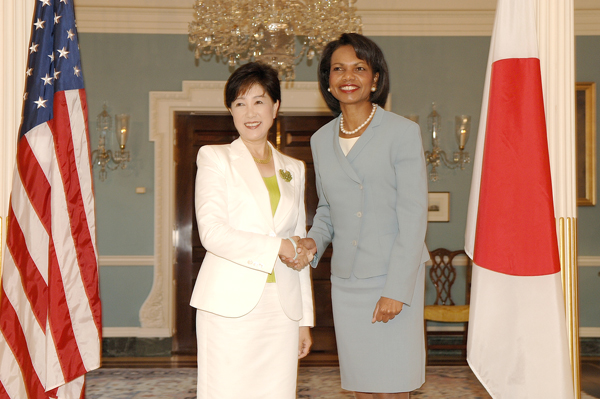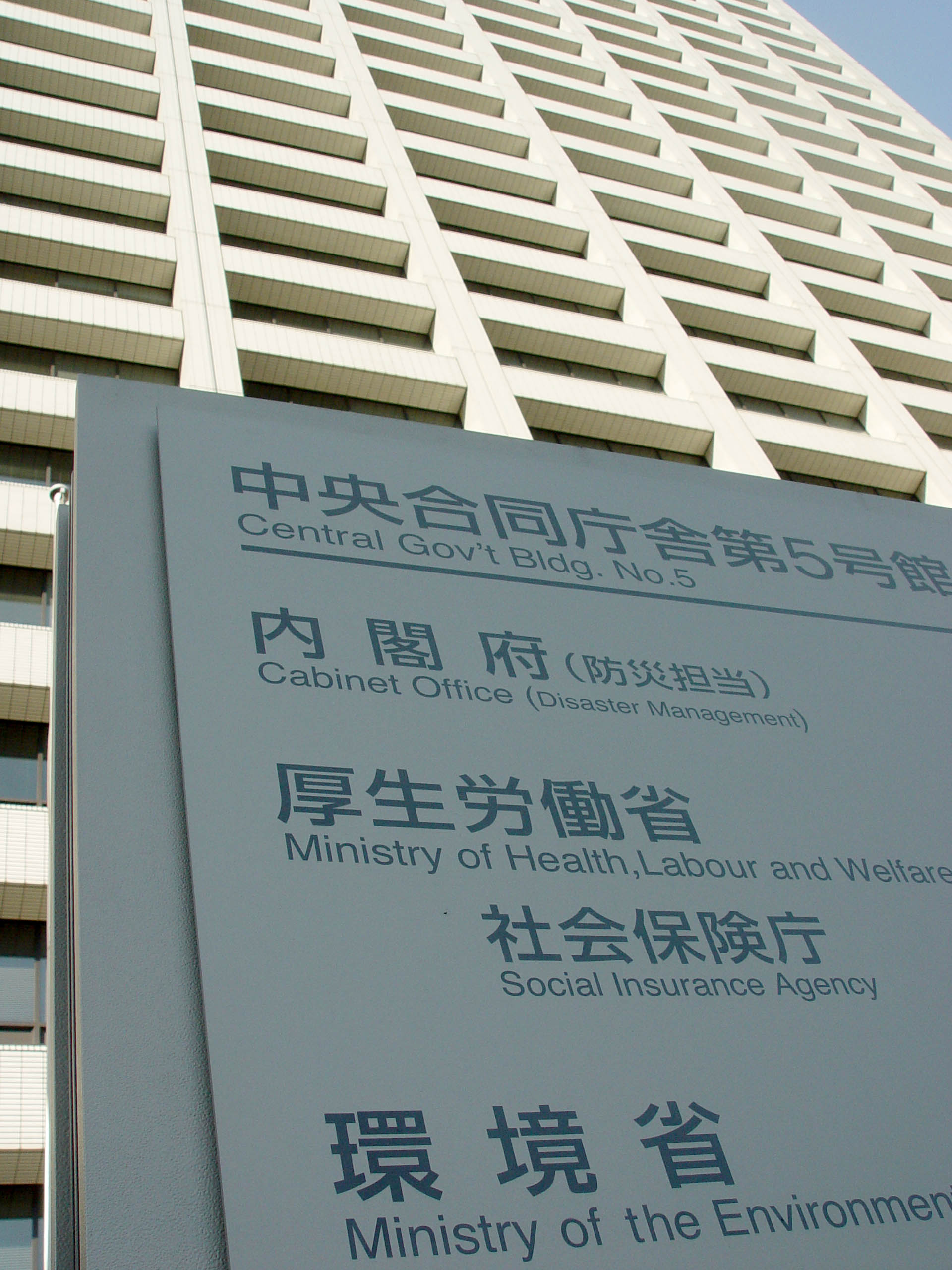|
Furoshiki
are traditional Japanese wrapping cloths traditionally used to wrap and/or to transport goods. Consideration is placed on the aesthetics of , which may feature hemmed edges, thicker and more expensive materials, and hand-painted designs; however, are much less formal than , and are not generally used to present formal gifts. While they come in a variety of sizes, they are typically almost square: the height is slightly greater than the width. Traditional materials include silk or cotton, but modern are available in synthetic materials like rayon, nylon, or polyester. History The first cloths were ("wrapping"), used during the Nara period from 710 to 794 AD as protection for precious temple objects.Gift Wrapping That D ... [...More Info...] [...Related Items...] OR: [Wikipedia] [Google] [Baidu] |
Fukusa
are a type of Japanese textile used for Furoshiki, gift-wrapping or for purifying equipment during a Japanese tea ceremony. are square or almost square pieces of lined fabric ranging in size about along one side. They are typically made of fine silk and may be decorated with embroidery in auspicious designs. The use of as a way of presenting gifts has mostly died out, lingering instead mainly in certain ritual exchanges of gifts during Shinto wedding, weddings in a few regions of Japan. Use Traditionally in Japan, gifts were placed in boxes or on a wooden or lacquered tray, over which a would be draped. The choice of a appropriate to the occasion was considered an important part of the gift itself, and part of its formality. The practice of covering a gift became widespread during the Edo period (1603–1867). The scene or motifs depicted on are chosen to indicate either the occasion for which the gift is being given, or because they are appropriate for one of the Japan ... [...More Info...] [...Related Items...] OR: [Wikipedia] [Google] [Baidu] |
Gift Wrapping
Gift wrapping is the act of enclosing a gift in some sort of material. Wrapping paper is a kind of paper designed for gift wrapping. An alternative to gift wrapping is using a gift box or bag. A wrapped or boxed gift may be held closed with ribbon and topped with a decorative bow (an ornamental knot made of ribbon) and tape History The use of wrapping paper is first documented in ancient China, where paper was invented in the 2nd century BC. In the Southern Song dynasty, monetary gifts were wrapped with paper, forming an envelope known as a ''chih pao''. The wrapped gifts were distributed by the Chinese court to government officials. In the Chinese text ''Thien Kung Khai Wu'', Sung Ying-Hsing states that the coarsest wrapping paper is manufactured with rice straws and bamboo fiber. Although the Hall brothers Rollie and Joyce Hall, founders of Hallmark Cards, did not invent gift wrapping, their innovations led to the development of modern gift wrapping. They helped to popul ... [...More Info...] [...Related Items...] OR: [Wikipedia] [Google] [Baidu] |
Yuriko Koike
Yuriko Koike (小池 百合子, Koike Yuriko; born 15 July 1952) is a Japanese politician who has served as the Governor of Tokyo since 2016. Previously, she was also served as a member of the House of Councillors from 1992 to 1993, a member of the House of Representatives from 1993 to 2016, Minister of the Environment under from 2003 to 2006, and Minister of Defense in between July and August 2007. Born and raised in Ashiya, a wealthy, small, and popular city near Kobe in Hyōgo Prefecture, Koike graduated from Cairo University in Cairo, Egypt in 1976, and served as a member of the House of Representatives of Japan from 1993 until 2016, when she resigned to run for Governor of Tokyo. Previously, she also served as the Minister of the Environment under Junichiro Koizumi's cabinet from 2003 to 2006 and briefly as Minister of Defense under the first cabinet of Shinzo Abe in between July and August 2007. [...More Info...] [...Related Items...] OR: [Wikipedia] [Google] [Baidu] |
Bojagi
A bojagi (, sometimes shortened to ) is a traditional Korean wrapping cloth. Bojagi are typically square and can be made from a variety of materials, though silk or ramie are common. Embroidered bojagi are known as subo, while patchwork or scrap bojagi are known as jogak bo. Bojagi have many uses, including as gift wrapping, in weddings, and in Buddhist rites. More recently, they have been recognized as a traditional art form, often featured in museums and inspiring modern reinterpretations. History Traditional Korean folk religions believed that keeping something wrapped and protected meant good luck. It is believed that the earliest use of the wrappings dates to the Three Kingdoms period, but no examples survive from this period. The earliest surviving examples, from the early Joseon dynasty (1392–1910), were used in a Buddhist context, as tablecloths or coverings for sutras. The cloths particularly marked special events, such as weddings or betrothals, where the use of a ne ... [...More Info...] [...Related Items...] OR: [Wikipedia] [Google] [Baidu] |
Ministry Of The Environment Of Japan
The is a Cabinet-level ministry of the government of Japan responsible for global environmental conservation, pollution control, and nature conservation. The ministry was formed in 2001 from the sub-cabinet level Environmental Agency established in 1971. The Minister of the Environment is a member of the Cabinet of Japan and is chosen by the Prime Minister, usually from among members of the Diet. In March 2006, the then-Minister of the Environment Yuriko Koike, created a ''furoshiki'' cloth to promote its use in the modern world. In August 2011, the Cabinet of Japan approved a plan to establish a new energy watchdog under the Environment Ministry, and the Nuclear Regulation Authority was founded on September 19, 2012. Organization * Minister's Secretariat (大臣官房) * (総合環境政策統括官) * Global Environment Bureau (地球環境局) * Environment Management Bureau (水・大気環境局) * Nature Conservation Bureau (自然環境局) * (環境再生・資源� ... [...More Info...] [...Related Items...] OR: [Wikipedia] [Google] [Baidu] |
Ministry Of The Environment (Japan)
The is a Cabinet-level ministry of the government of Japan responsible for global environmental conservation, pollution control, and nature conservation. The ministry was formed in 2001 from the sub-cabinet level Environmental Agency established in 1971. The Minister of the Environment is a member of the Cabinet of Japan and is chosen by the Prime Minister, usually from among members of the Diet. In March 2006, the then-Minister of the Environment Yuriko Koike, created a '' furoshiki'' cloth to promote its use in the modern world. In August 2011, the Cabinet of Japan approved a plan to establish a new energy watchdog under the Environment Ministry, and the Nuclear Regulation Authority was founded on September 19, 2012. Organization * Minister's Secretariat (大臣官房) * (総合環境政策統括官) * Global Environment Bureau (地球環境局) * Environment Management Bureau (水・大気環境局) * Nature Conservation Bureau (自然環境局) * (環境再生・� ... [...More Info...] [...Related Items...] OR: [Wikipedia] [Google] [Baidu] |
Traditional Japanese Wrapping Cloth,huroshiki,katori-city,japan
A tradition is a system of beliefs or behaviors (folk custom) passed down within a group of people or society with symbolic meaning or special significance with origins in the past. A component of cultural expressions and folklore, common examples include holidays or impractical but socially meaningful clothes (like court dress, lawyers' wigs or military officers' spurs), but the idea has also been applied to social norms and behaviors such as greetings, etc. Traditions can persist and evolve for thousands of years— the word ''tradition'' itself derives from the Latin word ''tradere'' literally meaning to transmit, to hand over, to give for safekeeping. While it is reportedly assumed that traditions have an ancient history, many traditions have been invented on purpose, whether it be political or cultural, over short periods of time. Various academic disciplines also use the word in a variety of ways. The phrase "according to tradition" or "by tradition" usually means that wh ... [...More Info...] [...Related Items...] OR: [Wikipedia] [Google] [Baidu] |
Environmental Movement
The environmental movement (sometimes referred to as the ecology movement) is a social movement that aims to protect the natural world from harmful environmental practices in order to create sustainable living. In its recognition of humanity as a participant in (not an enemy of) ecosystems, the movement is centered on ecology, health, as well as human rights. The environmental movement is an international movement, represented by a range of environmental organizations, from enterprises to grassroots and varies from country to country. Due to its large membership, varying and strong beliefs, and occasionally speculative nature, the environmental movement is not always united in its goals. At its broadest, the movement includes private citizens, professionals, Religion and environmentalism, religious devotees, politicians, scientists, nonprofit organizations, and individual advocates like former Wisconsin Senator Gaylord Nelson and Rachel Carson in the 20th century. Since the 19 ... [...More Info...] [...Related Items...] OR: [Wikipedia] [Google] [Baidu] |
Culture Of Japan
Japanese culture has changed greatly over the millennia, from the country's prehistoric Jōmon period, to its contemporary modern culture, which absorbs influences from Asia and other regions of the world. Since the Jomon period, ancestral groups like the Yayoi and Kofun, who arrived to Japan from Korea and China, respectively, have shaped Japanese culture. Rice cultivation and centralized leadership were introduced by these groups, shaping Japanese culture. Chinese dynasties, particularly the Tang dynasty, have influenced Japanese culture throughout history and brought it into the Sinosphere. After 220 years of isolation, the Meiji era opened Japan to Western influences, enriching and diversifying Japanese culture. Popular culture shows how much contemporary Japanese culture influences the world. Identity There are two competing hypotheses that try to explain the lineage of the Japanese people. The first hypothesis proposes a dual-structure model, in which Japanese po ... [...More Info...] [...Related Items...] OR: [Wikipedia] [Google] [Baidu] |
Tenugui
A is a traditional Japanese decorative towel made from a thin and light cotton. It dates back to the Heian period or earlier. By the Edo period, became what they are today; about in size, plain woven, and almost always dyed with plain color or some pattern. The long sides are finished with a selvage, while the short sides are left unfinished to allow fraying. are traditionally used, tied in a specific manner, as a sling to wrap and carry bento boxes. Similarly they're used to wrap items such as bottles. They are also used as hand towels, and often as headbands, such as for Kendo. And they are widely used simply as souvenirs or decorations. Although tenugui were once used as dishcloths, today Western-style thick or terry cloth dishcloths have generally replaced for dishcloth use. References External links YouTube: Tenugidisplaying an easy method for tying a for kendo is a modern Japanese martial art, descended from kenjutsu (one of the old Japanese martial arts, ... [...More Info...] [...Related Items...] OR: [Wikipedia] [Google] [Baidu] |
Korea
Korea is a peninsular region in East Asia consisting of the Korean Peninsula, Jeju Island, and smaller islands. Since the end of World War II in 1945, it has been politically Division of Korea, divided at or near the 38th parallel north, 38th parallel between North Korea (Democratic People's Republic of Korea; DPRK) and South Korea (Republic of Korea; ROK). Both countries proclaimed independence in 1948, and the two countries fought the Korean War from 1950 to 1953. The region is bordered by China to the north and Russia to the northeast, across the Yalu River, Amnok (Yalu) and Tumen River, Duman (Tumen) rivers, and is separated from Japan to the southeast by the Korea Strait. Known human habitation of the Korean peninsula dates to 40,000 BC. The kingdom of Gojoseon, which according to tradition was founded in 2333 BC, fell to the Han dynasty in 108 BC. It was followed by the Three Kingdoms of Korea, Three Kingdoms period, in which Korea was divided into Goguryeo, Baekje, a ... [...More Info...] [...Related Items...] OR: [Wikipedia] [Google] [Baidu] |






